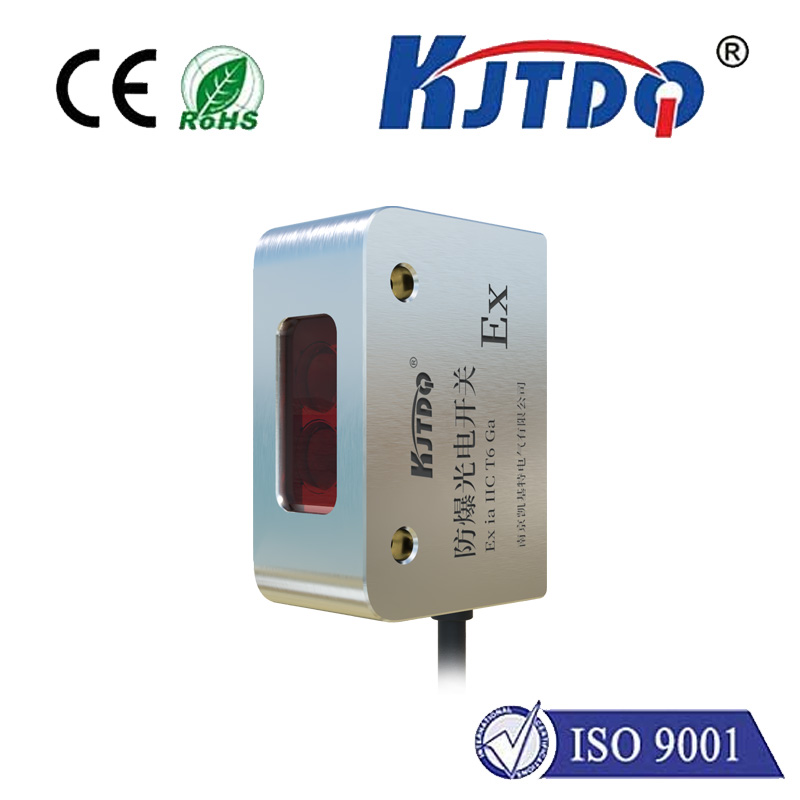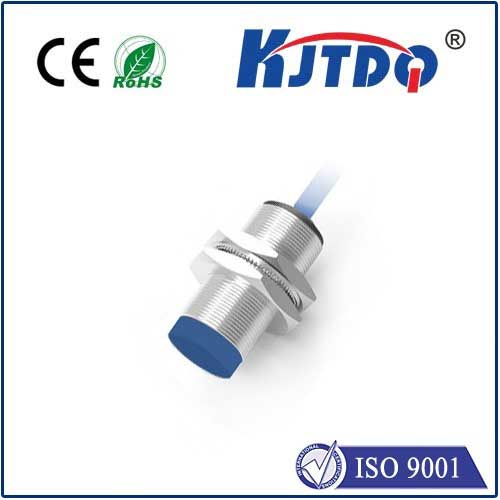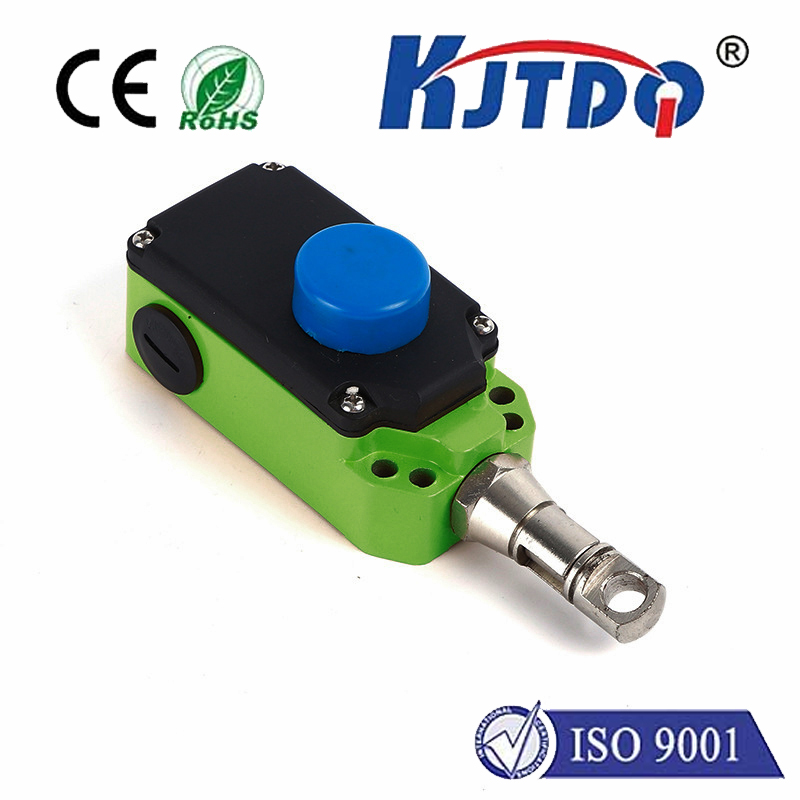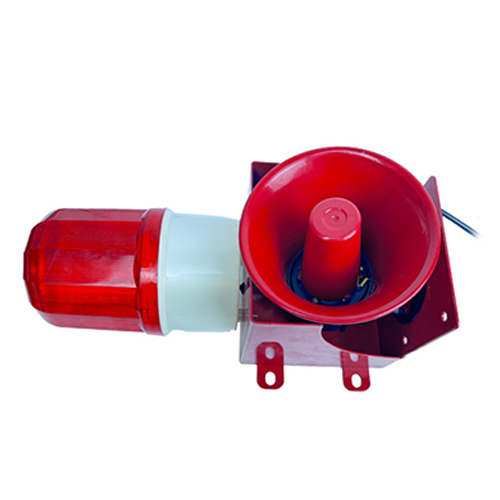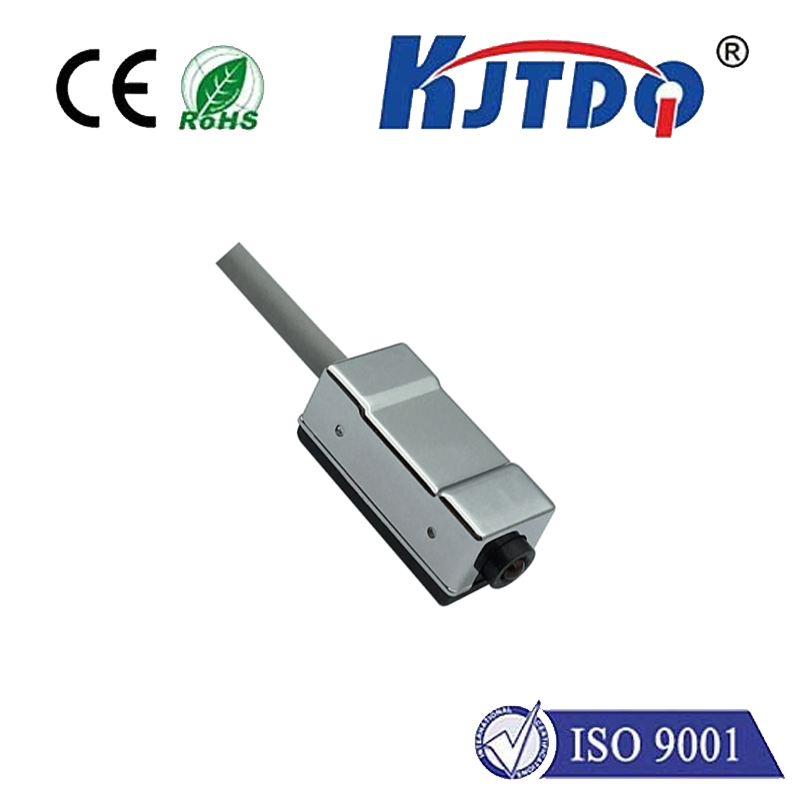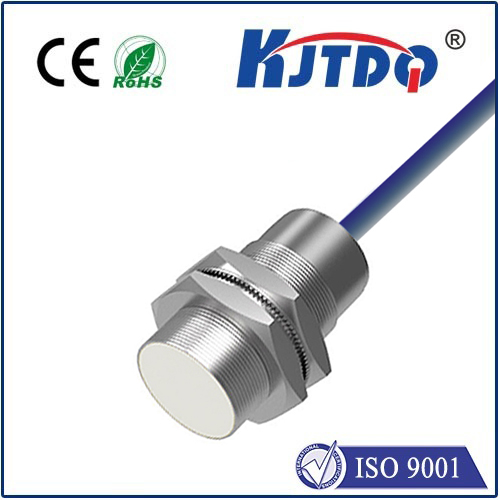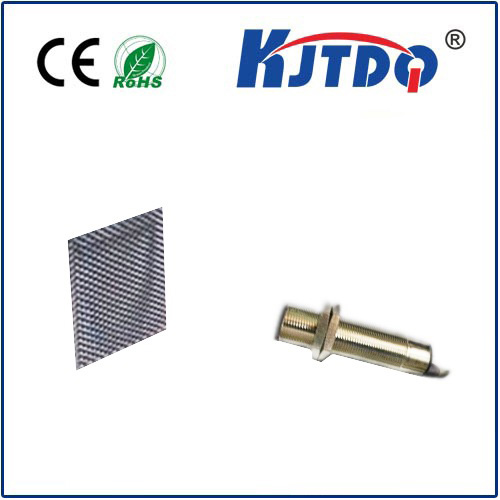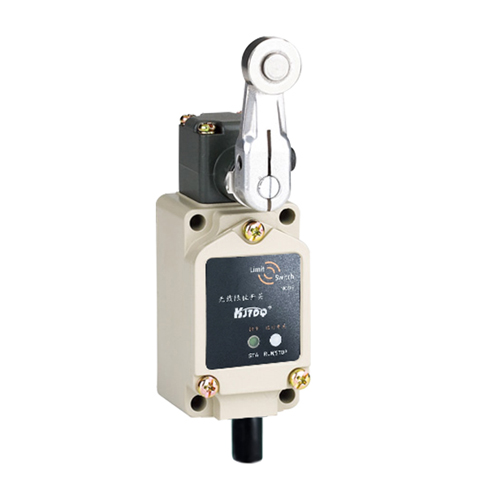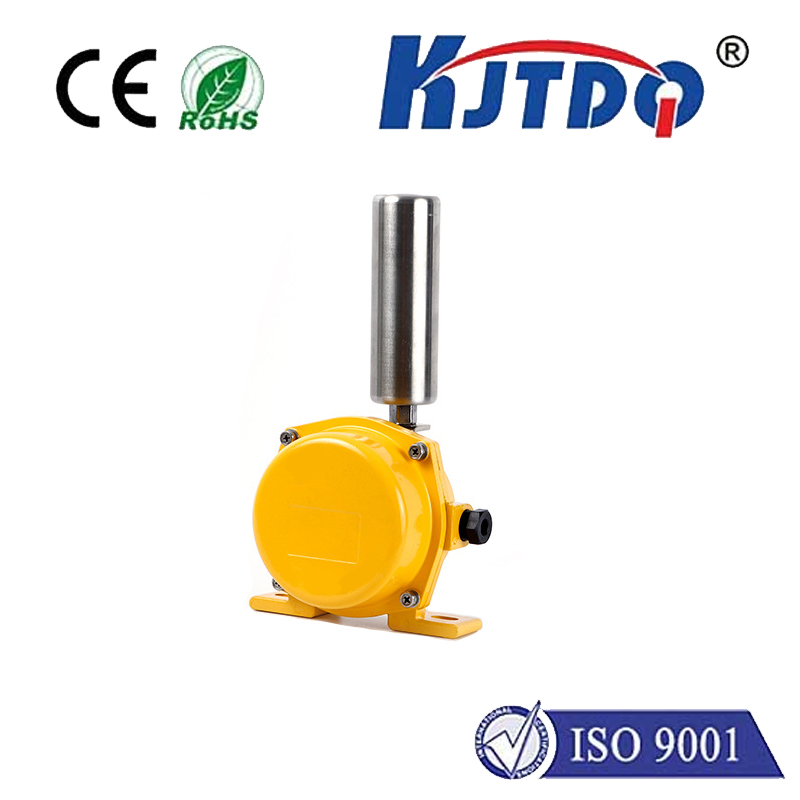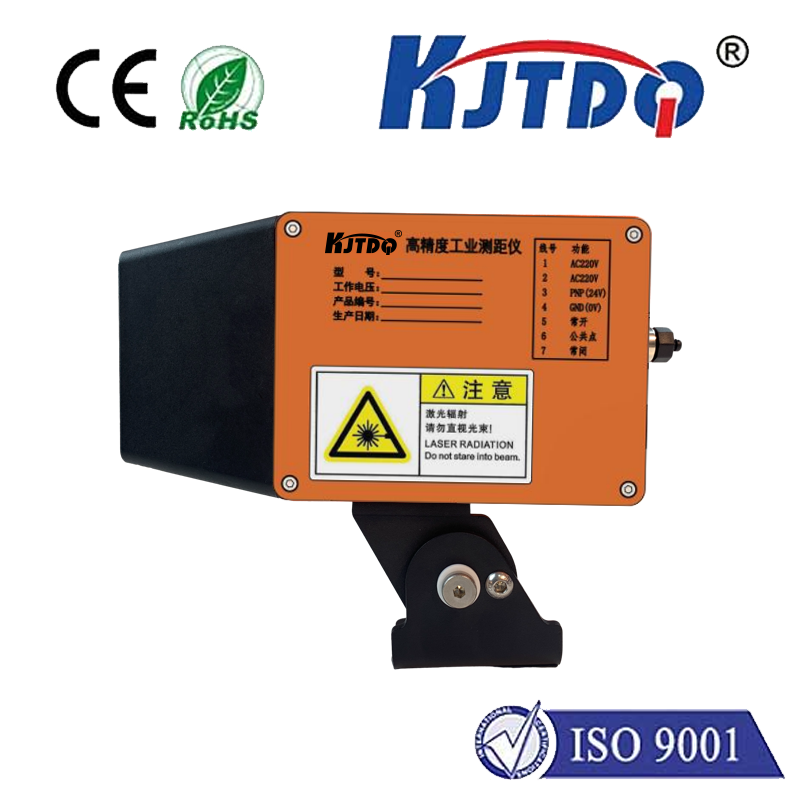

check

check

check

check

check

check

check

check

check

check
Title: The LJC18A3 Capacitive Proximity Sensor: A Revolution in Precision Sensing
The LJC18A3 capacitive proximity sensor is a cutting-edge device designed to detect the presence of objects or materials within a certain distance. This innovative technology has revolutionized the field of precision sensing, providing unparalleled accuracy and reliability for various industrial applications. In this article, we will explore the features, benefits, and practical uses of the LJC18A3 capacitive proximity sensor.
Features and Benefits
The LJC18A3 capacitive proximity sensor boasts several features that set it apart from traditional sensors. Firstly, its capacitive technology allows it to detect non-metallic objects, such as plastics, glass, and liquids, which are typically challenging for other types of sensors. This broadens its range of applications and makes it an ideal choice for industries that require precise detection of diverse materials.

Secondly, the LJC18A3 sensor offers high sensitivity and fast response times. Its advanced design ensures that it can quickly detect changes in capacitance caused by the proximity of objects, even at distances up to 20mm (0.79 inches). This enables users to implement real-time monitoring and control systems with minimal delay.
Thirdly, the LJC18A3 sensor is highly resistant to environmental factors, such as temperature fluctuations, humidity, and vibration. Its robust construction ensures reliable performance in harsh operating conditions, making it suitable for use in industrial settings where durability is critical.
Practical Uses
The LJC18A3 capacitive proximity sensor has numerous practical applications across various industries. One common use case is in automation systems, where it can be used to monitor conveyor belts, detect product presence, and trigger sorting mechanisms. By accurately identifying the location and movement of products, businesses can optimize their production processes and reduce waste.
Another application is in robotics, where the LJC18A3 sensor can enhance the capabilities of automated machines. By enabling precise positioning and object detection, robots equipped with this sensor can perform complex tasks more efficiently and safely. For example, in assembly lines, robots can accurately grasp and manipulate components without damaging them or causing downtime.
Additionally, the LJC18A3 capacitive proximity sensor can be used in security systems to detect intruders or unauthorized access. Its ability to sense non-metallic objects makes it particularly useful for detecting people or animals moving through restricted areas.
Conclusion
The LJC18A3 capacitive proximity sensor is a game-changing device that offers unparalleled accuracy, reliability, and versatility for a wide range of industrial applications. Its ability to detect non-metallic objects, coupled with its high sensitivity and resistance to environmental factors, make it an essential tool for businesses seeking to improve efficiency and productivity. As technology continues to advance, we can expect the LJC18A3 capacitive proximity sensor to play an increasingly vital role in shaping the future of precision sensing.
